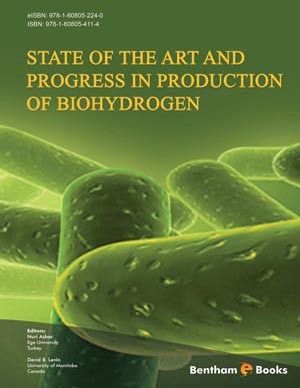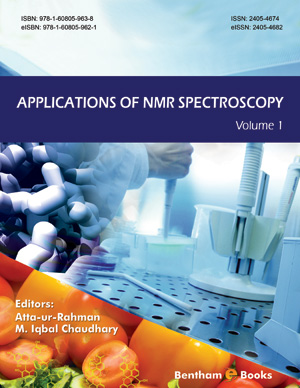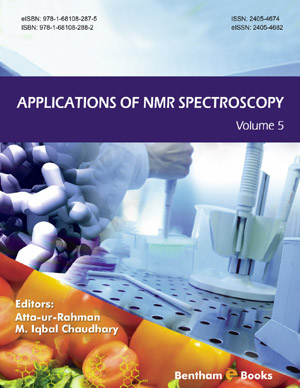Abstract
Microbial electrohydrogenesis is a novel process capable of generating high hydrogen (H2) yields from organic waste streams and fermentation end products. A small voltage is applied to a Microbial Electrolysis Cell (MEC) to force the microbial oxidation of organic material at the anode and drive the chemical reduction of protons at the cathode. In this chapter, the microbe-electrode relationship is studied and three mechanisms for electron transfer to an electrode surface are explored. The thermodynamics of electrode reactions and cell potentials is described to calculate the systems theoretical limitations. Deviations from ideal behavior are characterized by quantifying the energy losses associated with overpotentials at the electrode-solution interface and ohmic resistances inherent in electronic and ionic conduction. Finally, strategies are discussed to overcome the technical challenges electrohydrogenesis currently faces. The purpose of this chapter is to introduce the fundamental principles of microbial electrolysis, to identify the biological and electrochemical challenges currently under investigation, and to discuss the future role microbial electrohydrogenesis will play towards sustainable H2 production.
Keywords: Biohydrogen, microbial electrohydrogenesis, microbial electrolysis cells, thermodynamics, over potential, ohmic resistance, Geobacter sulfereducens.


















